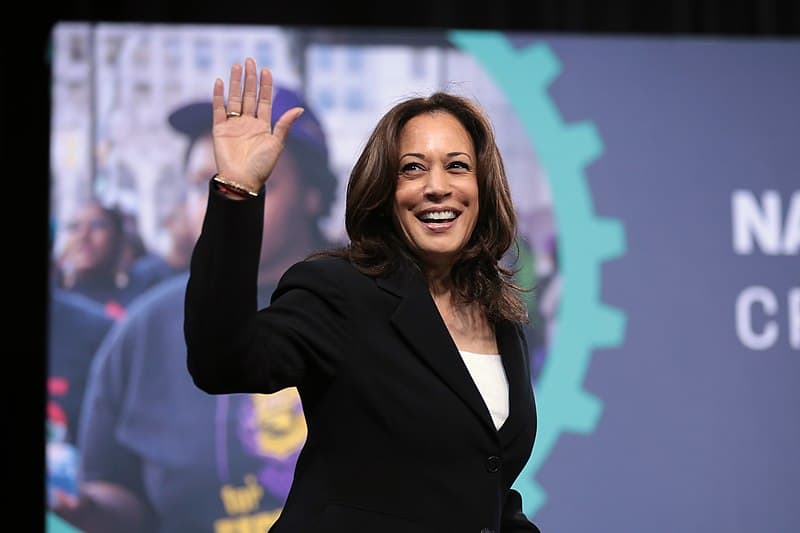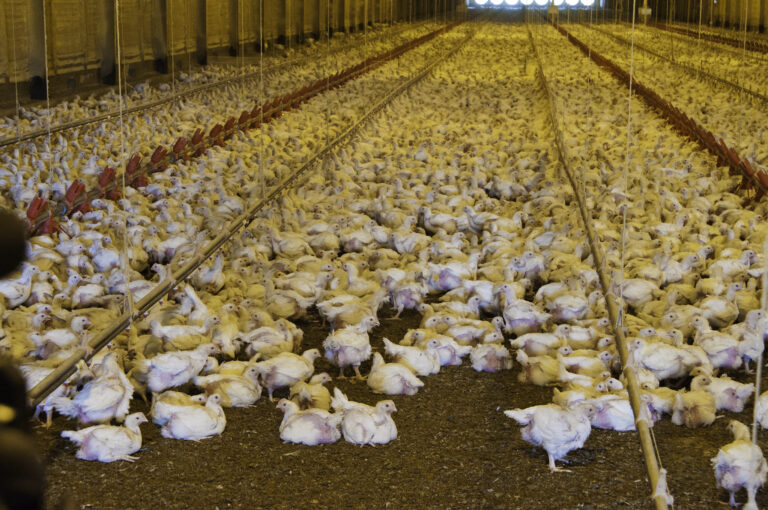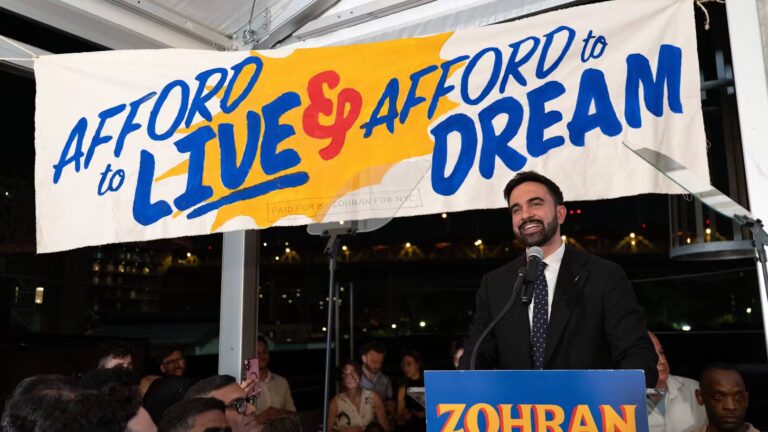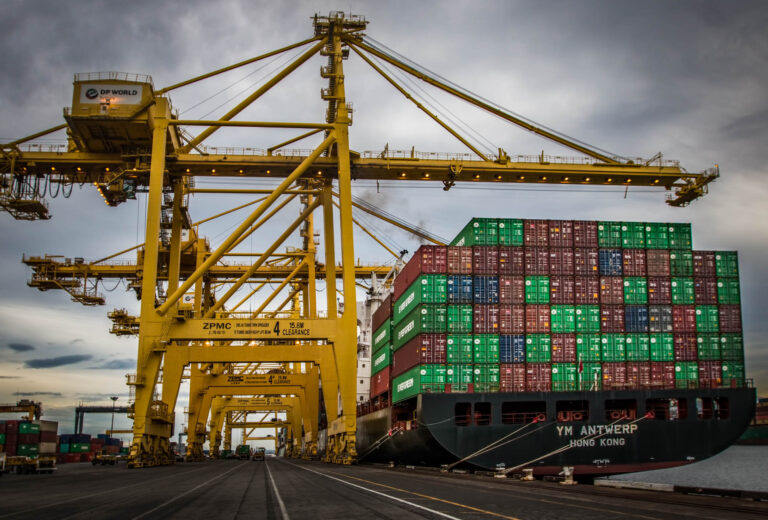
Tascha Shahriari-Parsa is a government lawyer enforcing workers’ rights laws. He clerked on the Supreme Court of California after graduating from Harvard Law School in 2024. His writing on this blog reflects his personal views only.
On Wednesday, Vice President Kamala Harris and Labor Secretary Marty Walsh announced forthcoming requirements by the U.S. Office of Personnel Management that encourage federal workers to join unions. The announcement flows from Biden’s April executive order which established the White House Task Force on Worker Organizing and Empowerment, led by Harris and Walsh. Specifically, federal agencies are being directed to proactively inform employees, both new and current, about their rights to join a union, ways in which they can participate in unions, and contact information of union representatives. “We intend to use our executive authority to lift up workers through this task force,” Kamala Harris said on Wednesday, “and to highlight the nobility of their work.” As of 2020, about 26% of federal employees are union members and about 30% are represented by a union, far above the respective 6.3% and 7.2% unionization rates in the private sector, but also less than the 34.8% and 38.4% rates for the public sector overall, and significantly less than the 75% public sector unionization rate in Canada.
On Thursday, the C.D.C. approved booster shots to be used in the U.S. for a wide array of individuals as early as today. Previously, under an agency advisory panel recommendation, the booster shots would not have covered workers potentially exposed to the coronavirus through their jobs; however, C.D.C. director Dr. Walensky overruled the advisory panel and approved the booster shots for frontline workers. The shots will also be available for people over 65, patients in long-term care settings, and those with underlying medical conditions.
Although the decision to roll out booster shots may be good news for workers in the U.S., the Biden Administration has faced significant criticism from the WHO and other international groups, who have pointed out that the focus should be on getting initial doses of the vaccines to countries that still lack access. Currently, only 2.9% of people in low-income countries have received one or more doses of the vaccine. Given the vast discrepancy in marginal effectiveness between initial and booster doses of the vaccines in terms of their life saving potential, decisions to prioritize doses for booster shots in the U.S. is effectively a decision to save a relatively small number of Americans (and prevent a larger number from developing non-threatening infections) through the sacrifice of a much larger number of lives of people in poor countries.
As Dr. Michael Ryan of the WHO put it, “We’re planning to hand out extra life jackets to people who already have life jackets, while we’re leaving other people to drown without a single life jacket.” The pandemic continues to have a disproportionate impact on people of color, not just in the U.S., but around the world—and not just because of historical decisions that have led to racial inequalities, but because of decisions being made today.
In other news, comments by regional federal banks gave conflicting views of whether or to what extent vaccine mandates have contributed to high labor turnover. The central bank stated that vaccine mandates were “widely cited” as contributing to high labor turnover. Philadelphia’s regional bank, on the other hand, commented that “Many firms reported imposing vaccine mandates with relatively few resignations.” Minneapolis stated that “Federal vaccine mandates were expected to exacerbate labor problems, though in most cases the number of quits induced by the mandate has been smaller than anticipated.” Richmond noted that “a few employers expressed concern” about vaccine requirements causing turnover. Boston also provided mixed comments while Atlanta emphasized firms’ hesitancy over implementing mandates out of fear of losing employees.
Bloomberg reported that “strikes and labor shortages are hurting corporate earnings,” which could signal that some of the large gains that big companies (and private universities) have developed through the pandemic are starting to be redistributed back to workers. Some of the firms complaining about losses due to “labor problems” are in the restaurant and food industry, where wages have been rising more rapidly, including a 10% rise in fast food wages in the last quarter alone.






Daily News & Commentary
Start your day with our roundup of the latest labor developments. See all
December 12
OH vetoes bill weakening child labor protections; UT repeals public-sector bargaining ban; SCOTUS takes up case on post-arbitration award jurisdiction
December 11
House forces a vote on the “Protect America’s Workforce Act;” arguments on Trump’s executive order nullifying collective bargaining rights; and Penn State file a petition to form a union.
December 8
Private payrolls fall; NYC Council overrides mayoral veto on pay data; workers sue Starbucks.
December 7
Philadelphia transit workers indicate that a strike is imminent; a federal judge temporarily blocks State Department layoffs; and Virginia lawmakers consider legislation to repeal the state’s “right to work” law.
December 5
Netflix set to acquire Warner Bros., Gen Z men are the most pro-union generation in history, and lawmakers introduce the “No Robot Bosses Act.”
December 4
Unionized journalists win arbitration concerning AI, Starbucks challenges two NLRB rulings in the Fifth Circuit, and Philadelphia transit workers resume contract negotiations.